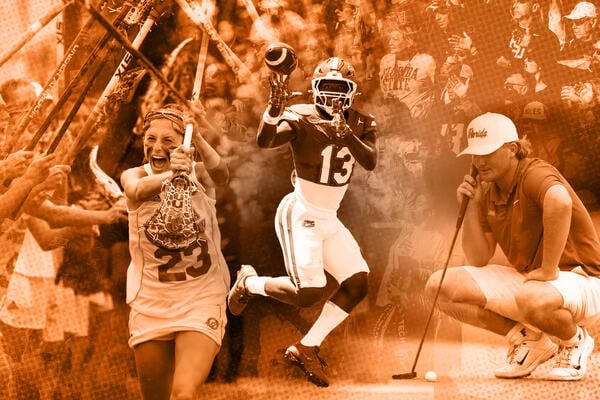
NCAA Revenue Sharing: A Transformative Era for College Athletics
The landscape of college sports has been irrevocably altered by a landmark antitrust lawsuit settlement, ushering in an era of revenue sharing. While this new model promises to revolutionize how student-athletes are compensated, significant challenges and uncertainties remain.
The End of Amateurism: A New Era of Compensation
The settlement effectively ends the long-standing amateurism model, allowing Division I institutions to directly compensate student-athletes for their athletic performance. This marks a monumental shift, replacing a system that prohibited athletes from earning money with one that allows for direct payments. This change allows schools to begin sharing revenue, even up to $20.5 million annually, with athletes across all sports. This represents a de facto salary, though the amount will increase annually. The settlement ensures that the NCAA’s revenue data is shared with plaintiff’s lawyers annually for the next 10 years, ensuring transparency.
Revenue Sharing: The Mechanics and Financial Implications
Beginning in July 2025, Division I schools can distribute up to $20.5 million annually to their athletes. This figure is expected to increase yearly, as it is based on annual revenue data. This sum, combined with existing benefits like tuition, room, and board, aims to align the percentage of revenue shared with college athletes to that of professional athletes. The funding mechanism involves the NCAA withholding payments from universities (mainly from March Madness proceeds) and direct payments from institutions. The new system brings both opportunities and challenges.
Navigating the Challenges: Roster Limits, Legal Risks, and NIL Strategies
The implementation of revenue sharing presents several challenges for universities. Roster limits may become more stringent due to budget constraints. Schools also face legal risks related to compliance with the new regulations, requiring careful navigation of compensation guidelines. Furthermore, Name, Image, and Likeness (NIL) strategies will need to be adapted to integrate with the new revenue-sharing model. The NCAA’s new model requires careful planning and execution.
The Future of College Sports: Uncertainty and Opportunity
The future of college sports under the revenue-sharing model is far from certain. The long-term effects of this transformative change are still unfolding. The success of the new system will depend on several factors, including the ability of institutions to effectively manage financial resources, implement fair compensation practices, and maintain the integrity of the athletic programs. The new model is a gamble, but it does offer increased opportunities for student-athletes.
President Baker’s Perspective: Stabilizing College Sports
NCAA President Charlie Baker lauded the settlement as a crucial step toward stabilizing college sports. He recognized the need for a new framework that addresses player compensation fairly, while also ensuring the financial health and competitive balance of the institutions. His comments reflected the hope for a more sustainable and equitable future for college athletics, though the challenges remain, and there is still much to be worked out.
Key Takeaways:
- The NCAA antitrust lawsuit settlement marks the end of the amateurism model in college sports.
- Division I schools can now share up to $20.5 million annually with athletes, a figure expected to grow.
- The new system presents challenges related to roster limits, legal compliance, and NIL strategies.
- The long-term effects of revenue sharing on college sports remain uncertain.
- The settlement aims to create a more equitable and sustainable future for college athletics.
